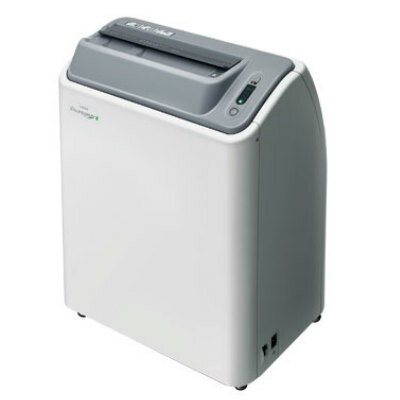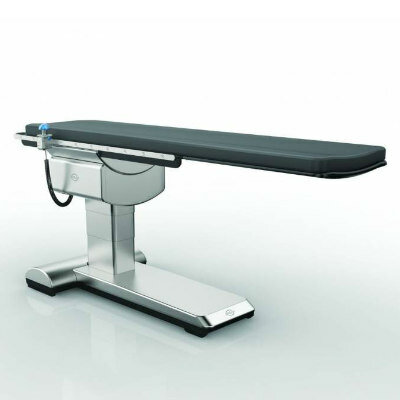Structural MRI May Help Accurately Diagnose Dementia Patients
By MedImaging International staff writers
Posted on 03 Aug 2009
A new imaging study may help physicians differentially diagnose three common neurodegenerative disorders. Posted on 03 Aug 2009
In the study, presented at the Alzheimer's Association International Conference on Alzheimer's Disease on July 11, 2009, in Vienna, Austria, Mayo Clinic (Rochester, MN, USA) researchers reported on the development of a framework for magnetic resonance imaging (MRI)-based differential diagnosis of three common neurodegenerative disorders: Alzheimer's disease, frontotemporal lobar degeneration, and Lewy body disease using structural MRI. Currently, examination of the brain at autopsy is the only way to confirm with certainty that a patient had a specific form of dementia.
The framework, which is called STructural Abnormality iNDex- (STAND)-Map, shows promise in effectively diagnosing dementia patients while they are alive. The underlying principle is that if each neurodegenerative disorder can be associated with a unique pattern of atrophy specific on MRI, then it may be possible to differentially diagnose new patients. The study looked at 90 patients from the Mayo Clinic database who were confirmed to have only a single dementia pathology and also underwent an MRI at the time of clinical diagnosis of dementia. Utilizing the STAND-Map framework, researchers predicted an accurate pathologic diagnosis 75-80% of the time.
"The STAND-Map framework might have great potential in early diagnosis of dementia patients,” said Prashanthi Vemuri, Ph.D., a senior research fellow at the Mayo Clinic aging and dementia imaging research lab and lead author of the study. "The next step would be to test the framework on a larger population to see if we can replicate these results and improve the accuracy level we achieved in this proof of concept study. In turn, this may lead to better treatment options for dementia patients.”
Related Links:
Mayo Clinic













